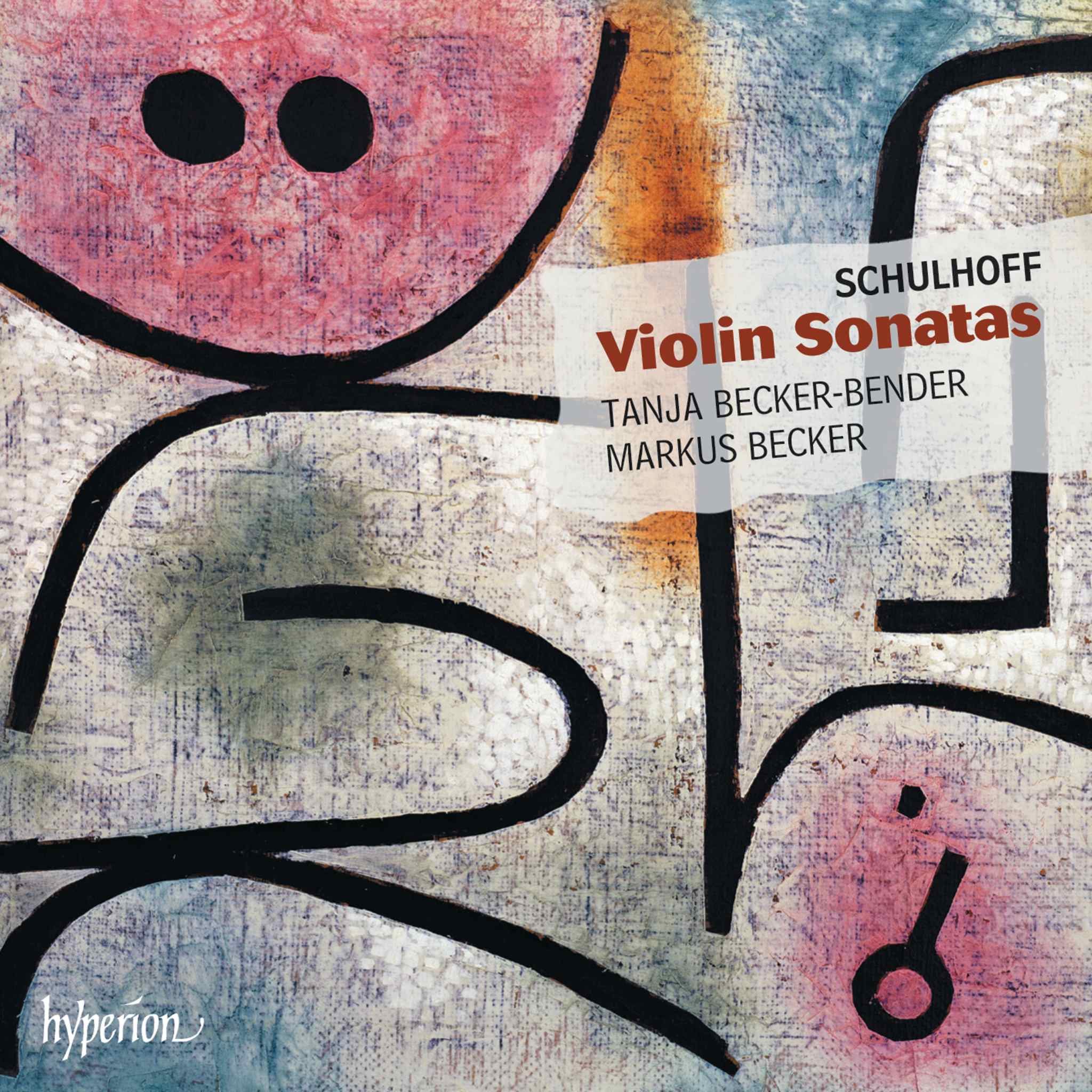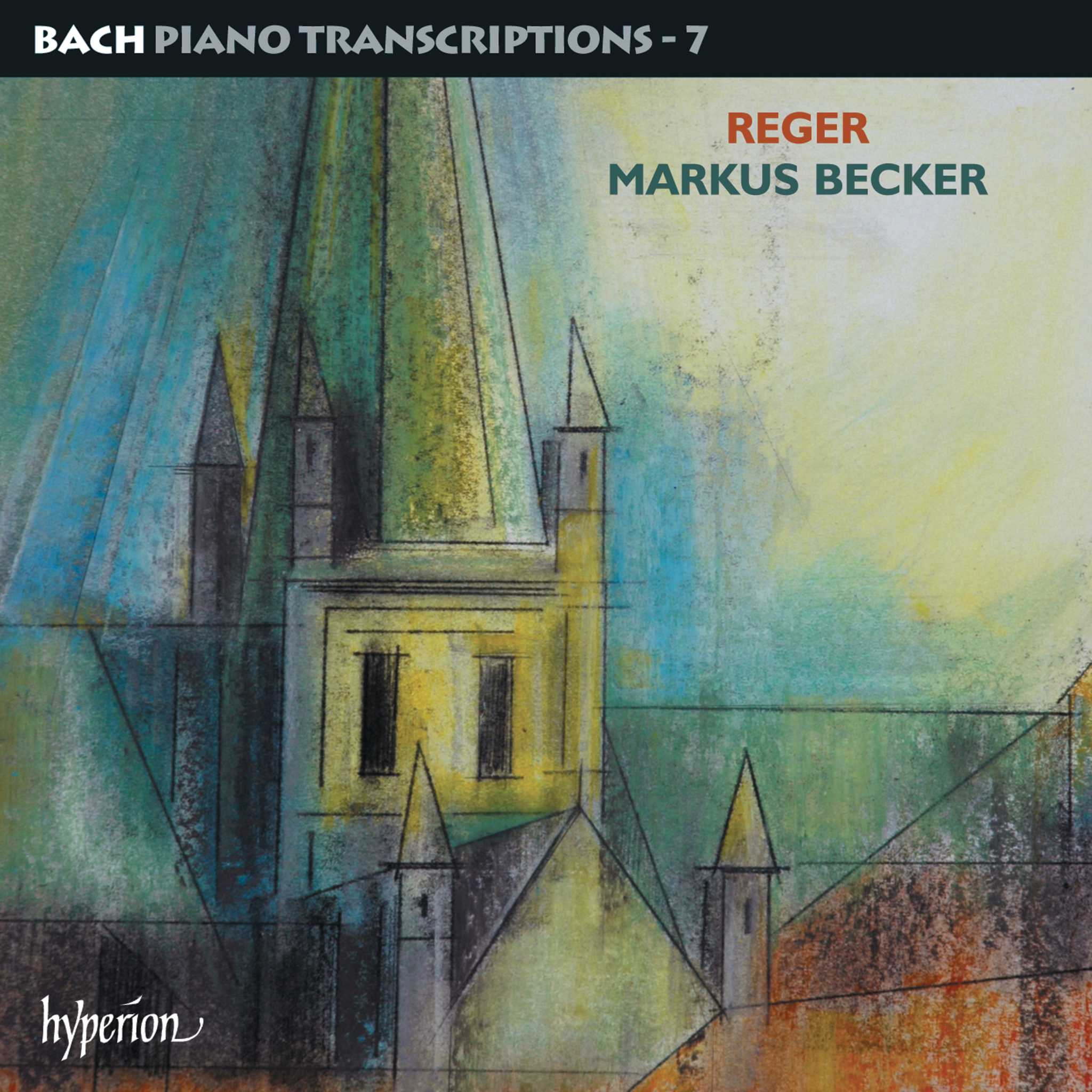Album insights
It is only fair that the most renowned piece by the eminent transcribing composer in Western music history is a transcription. It is also fortunate that it happens to be a transcription of one of his own works. The third of the Liebesträume, often mistakenly referred to as "Liebestraum No. 3," is one of the most cherished melodies worldwide. The piano transcription of this piece, rather than the equally magnificent original song, has solidified its place among the most beautiful love themes over time. All three pieces feature generous melodic lines and function well as a group, inviting comparison with the three sonnet adaptations of Petrarch, which are also widely recognized as piano pieces.
In Liszt's two songbooks, there are twelve of his early songs transcribed with simplicity, largely following the original songs but with slight cadential freedoms. Liszt strives to preserve the original accompaniment's character, sometimes distributing the vocal line between both hands and occasionally doubling it octavely. These transcriptions are rarities due to Liszt's critical self-assessment regarding his songwriting. Liszt initially published six transcriptions in the first songbook, following the original six songs. However, he later withdrew and revised them, subsequently rendering the transcriptions obsolete. His revitalized transcription of Heine's Lorelei garnered some popularity, while the others remained preserved solely in their piano versions. The second songbook faced a sadder fate, with the six transcriptions never progressing beyond the manuscript stage. Despite being referenced in various catalogs for years, the transcriptions were considered lost until they were ultimately published in 1985 in the prestigious New Liszt Edition (I/18).
The literary inspirations behind the compositions are well-known. Heine's Lorelei depicts the familiar tale of a sorceress haunting a cliff on the Rhine. Liszt's dramatic setting of this piece surpasses the simplistic children's version often sung in choir performances. Liszt's reinterpretation of this tale is more nuanced, hinting at Tristan's prelude in the introduction. Schumann's setting of Heine's "Am Rhein, im schönen Strome" in Dichterliebe alters "beautiful" to "sacred," transforming the river into an allegory. Liszt, however, celebrates the river's beauty through elaborate accompaniment, utilizing either nine or twelve notes per measure (the latter option being used for the transcription). Goethe's "Mignon's Song" has been set by various composers, with Liszt transcribing Beethoven's version. Liszt's composition skillfully mirrors the escalating intensity of each stanza, demanding highly passionate expression, a pattern repeated in Liszt's other notable compositions.
The second book exclusively features Victor Hugo's verse set to music, with the initial four being amongst Liszt's most frequently performed songs. Liszt found French settings more natural initially, resulting in melodies often characterized by exuberance. "Oh! quand je dors" presents a lover longing for their beloved, akin to Petrarch's yearning for Laura. "Comment, disaient-ils" is one of the few lively pieces in Liszt's repertoire, perfectly capturing Hugo’s playful dialog between boys and girls. "Enfant, si j’étais roi" is a grand love poem where Liszt's music radiates true majesty. "S’il est un charmant gazon" showcases Liszt's finesse in setting love poetry. "La tombe et la rose" narrates an allegorical dialogue between a tomb and a rose, each boasting its virtues, culminating in the tomb's claim to transform every soul within into an angel. Liszt's intense tremolos and punctuated rhythms create a compelling piece that resonates with listeners. In "Gastibelza," Liszt tactfully condenses the original verses to craft a structured piece for piano, delivering a fitting conclusion to the series.









